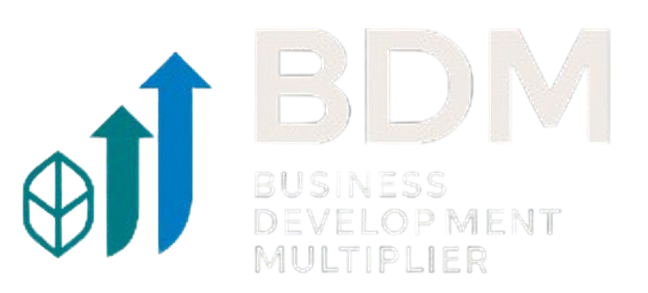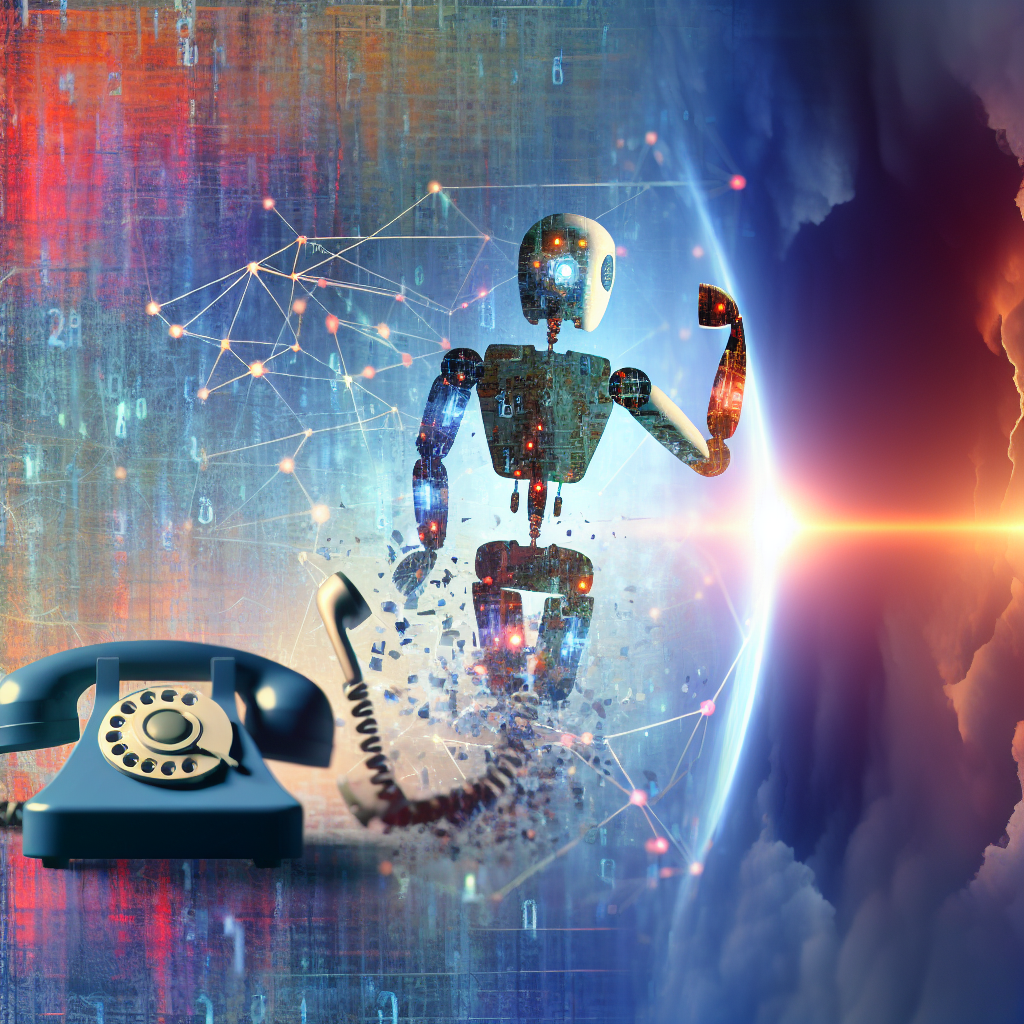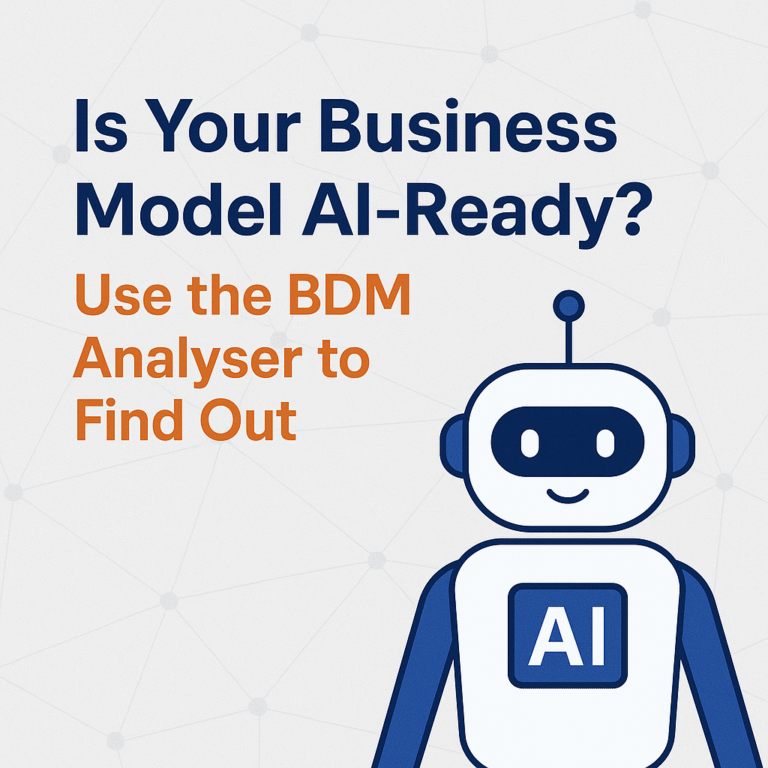Transforming Outbound Efforts with AI Lead Generation: A Comprehensive Guide for 2025
Estimated reading time: 10 minutes
Key Takeaways
- AI lead generation is revolutionizing outbound efforts by automating and optimizing lead identification and conversion processes.
- Leveraging technologies like ML, NLP, and predictive analytics enhances efficiency and lead quality.
- Integrating B2B marketing automation with AI leads to streamlined workflows and improved customer journey management.
- Best practices include setting clear goals, investing in quality data, and aligning sales and marketing teams.
- Challenges include data privacy concerns, implementation costs, and the need for continuous learning.
Table of Contents
AI lead generation is revolutionizing how businesses identify, attract, and convert potential customers by leveraging artificial intelligence to automate and optimize the entire lead generation process. For sales directors and demand generation leads, the traditional challenges of inefficient manual prospecting, difficulty in identifying quality leads, and low conversion rates due to impersonal outreach are becoming things of the past.
Through the strategic implementation of B2B marketing automation and smart prospecting, businesses are transforming their outbound efforts into streamlined, data-driven operations that consistently deliver qualified prospects with minimal manual intervention.
The Evolution of Lead Generation in Tech-Driven Businesses
Traditional vs. Modern Methods
The landscape of lead generation has undergone a dramatic transformation in recent years. Traditional methods relied heavily on:
- Cold calling without context
- Mass email campaigns lacking personalization
- Manual data entry and prospect research
- Gut-feel decision making rather than data-driven insights
These approaches resulted in significant inefficiencies, missed opportunities, and wasted resources, while delivering inconsistent results.
The Technology-Driven Shift
Modern businesses have embraced a more sophisticated approach, leveraging:
- Advanced data analytics
- Machine learning algorithms
- AI-powered automation tools
- Targeted and personalized outreach strategies
This evolution has enabled companies to stay competitive while significantly reducing manual effort and improving conversion rates.
Understanding AI Lead Generation
Core Components
AI lead generation combines several sophisticated technologies:
Machine Learning (ML)
- Analyzes historical data patterns
- Identifies successful conversion indicators
- Continuously improves prediction accuracy
Natural Language Processing (NLP)
- Enables human-like communication
- Analyzes prospect responses
- Generates personalized messages
Predictive Analytics
- Scores leads based on likelihood to convert
- Identifies optimal timing for outreach
- Recommends best communication channels
Measurable Benefits
The advantages of AI-powered lead generation are substantial:
- Enhanced Efficiency
- Reduces manual work by up to 60%
- Automates repetitive tasks
- Streamlines workflow processes
- Enhanced Efficiency
- Improved Lead Quality
- Better target audience identification
- More accurate lead scoring
- Higher conversion rates
- Improved Lead Quality
- Scalable Personalization
- Customized messaging at scale
- Relevant content delivery
- Improved engagement rates
Smart Prospecting: Enhancing Efficiency and Precision
Automated Lead Research and Qualification
Smart prospecting leverages AI to:
- Automatically gather prospect data
- Enrich lead information
- Qualify leads based on predetermined criteria
- Prioritize outreach based on conversion potential
Data-Driven Personalization
Modern smart prospecting tools:
- Analyze prospect behavior patterns
- Identify optimal engagement times
- Create tailored outreach sequences
- Track and measure response rates
Integrating B2B Marketing Automation with AI Lead Generation
Seamless Integration Benefits
The combination of B2B marketing automation and AI creates powerful synergies:
- Automated workflow management
- Integrated data analysis
- Coordinated multi-channel campaigns
- Consistent lead nurturing
Enhanced Customer Journey Management
Integrated systems enable:
- Automated progression through sales funnel
- Triggered responses based on behavior
- Personalized content delivery
- Real-time engagement tracking
Best Practices for Implementing AI Lead Generation
Set Clear Objectives
Define what you aim to achieve with AI lead generation:
- Increase in qualified leads
- Improvement in conversion rates
- Reduction in manual efforts
Invest in Quality Data
Ensure that your AI tools have access to accurate and up-to-date data:
- Regularly update customer databases
- Implement data validation processes
- Leverage data enrichment services
Align Sales and Marketing Teams
Foster collaboration between departments:
- Share insights and analytics
- Coordinate outreach strategies
- Set common goals and KPIs
Challenges and Considerations
Data Privacy and Compliance
Navigating data protection laws:
- Ensure compliance with GDPR, CCPA, etc.
- Implement robust data security measures
- Regularly review policies and practices
Initial Implementation Costs
Consider the investment required:
- Software licensing fees
- Training for staff
- Potential need for infrastructure upgrades
Continuous Monitoring and Adjustment
AI systems require ongoing attention:
- Regular performance evaluations
- Adjustment of algorithms and models
- Staying updated with technological advancements
Future Trends in AI Lead Generation
AI-Powered Predictive Sales
Anticipating customer needs before they arise:
- Advanced predictive analytics
- Real-time data processing
- Proactive engagement strategies
Increased Personalization through AI
Delivering hyper-personalized experiences:
- Dynamic content generation
- Behavioral analysis
- Contextual messaging
Integration with Emerging Technologies
Combining AI with other innovations:
- AI and Internet of Things (IoT) devices
- Blockchain for secure data management
- Virtual and augmented reality for immersive experiences
Conclusion
AI lead generation represents a significant shift in how businesses approach outbound efforts. By embracing these advanced technologies, companies can vastly improve the efficiency and effectiveness of their lead generation processes. As we move into 2024 and beyond, those who integrate AI into their strategies will be better positioned to outperform competitors and adapt to the rapidly evolving market landscape.
Frequently Asked Questions
What is AI lead generation?
AI lead generation uses artificial intelligence technologies to identify, attract, and nurture potential customers more efficiently than traditional methods.
How does AI improve lead quality?
AI analyzes vast amounts of data to better understand potential customers, allowing for more accurate targeting and personalized outreach, which leads to higher-quality leads.
Is AI lead generation suitable for small businesses?
Yes, AI tools have become more accessible and affordable, making it possible for businesses of all sizes to leverage AI for lead generation.
What are the main challenges of implementing AI in lead generation?
Challenges include data privacy concerns, initial implementation costs, and the need for continuous monitoring and adjustments to the AI systems.
How can I get started with AI lead generation?
Begin by setting clear objectives, investing in quality data, and exploring AI tools that integrate with your existing systems. Consider consulting with experts to guide the implementation.




